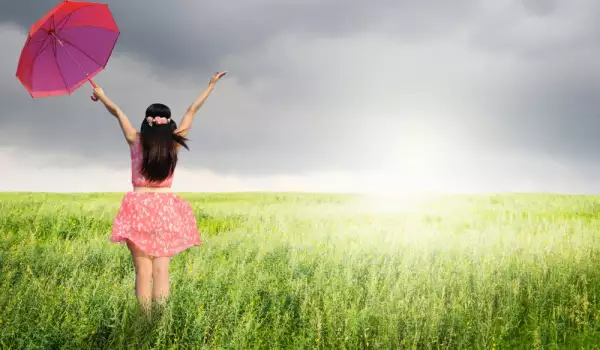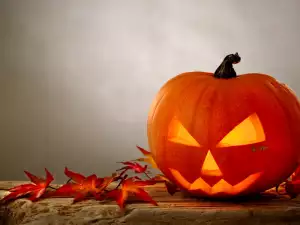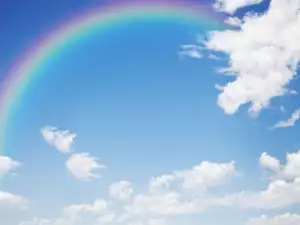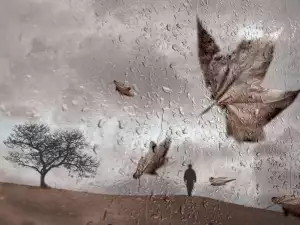Since the dawn of mankind, humans have found that the weather plays an exceptionally important role in their lives. It determines whether the year is going to be a fruitful one or on the contrary - whether starvation and misfortune are in store.
Despite all of the modern methods for weather forecasting with the latest technology utilized by the most experienced meteorologists, it's still wise to learn for yourself what the next day brings. You can do this by looking at the moon, sun and stars and by looking at which way the wind is blowing or where the clouds are coming from. Our ancestors were adept at this.
But there are also far more interesting ways of predicting the weather, which have been largely forgotten. The weather can be forecast by looking at the air, rainbows and dew. Here's how it's done according to folk beliefs, the result often more accurate than our modern ways of forecasting for the next day:
Weather forecasting by air
- If you feel that you're picking up sounds from farther away than usual, expect rainy and windy weather.
- Tomorrow will likely bring rain and a southern wind if objects far away feel as if they're somehow closer.
Weather forecasting by looking at a rainbow
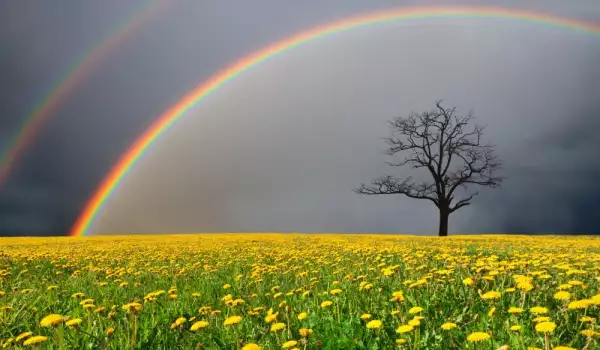
- Expect rain if a rainbow appears at around noon.
- If rainbow seems like it's too light and blurry, it's likely going to start raining again.
- You're going to enjoy nicer weather if the blue stripe of the rainbow stands out brightly.
- If the red color of the rainbow is dominant, except strong winds.
- If the green color is the most intrusive, prepare for extended periods of rainfall.
- A morning rainbow seen among the clouds is usually a harbinger of rainy weather, while the opposite is true if seen in the evening.
Weather forecasting by dew

- If the dew is evaporating in the form of a soft and pleasant mist, expect a clear and cloudless day.
- If the dew is extensive and the grass looks as if it's been hit by rain, it likely means that nature is waking up to a nice, sunny day.
